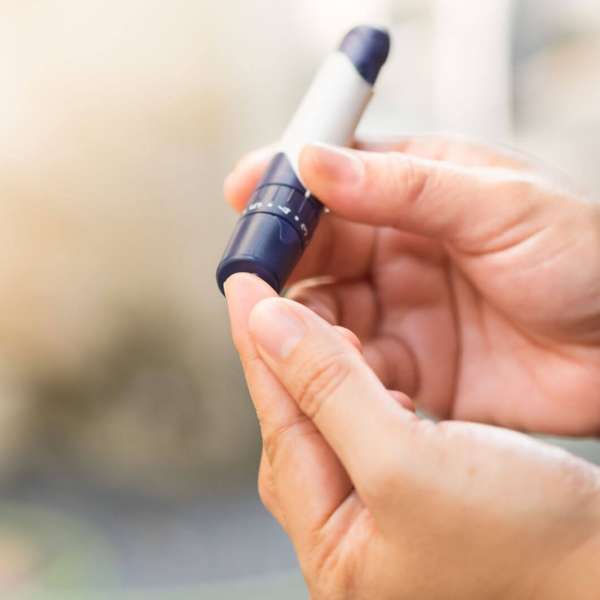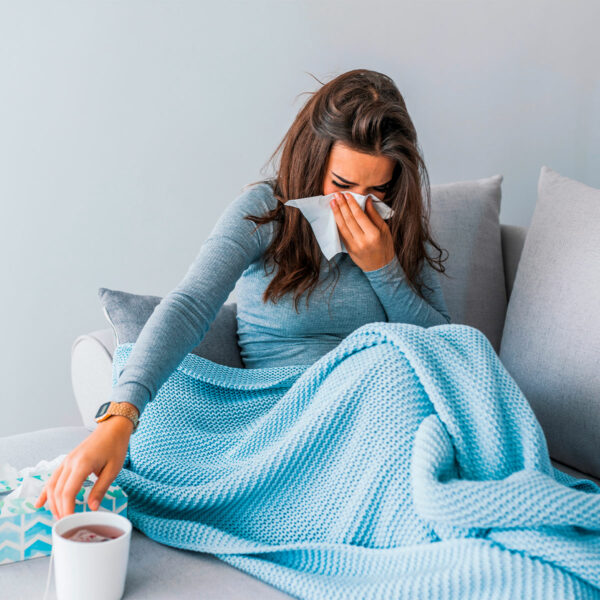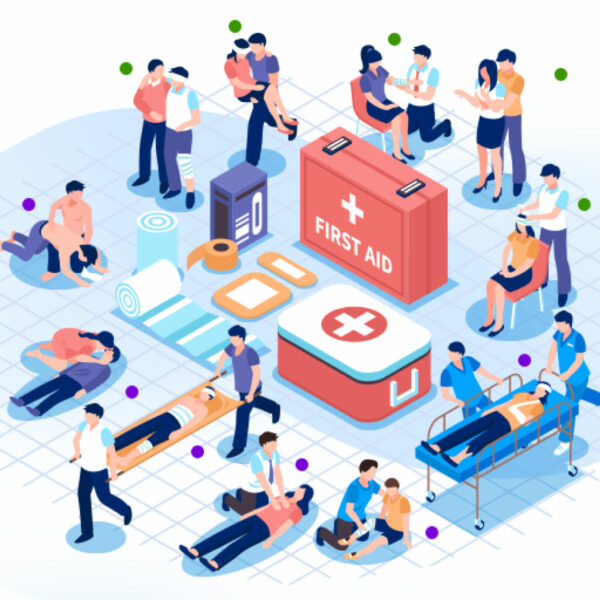Don’t Put It off Until Later, It Could Prevent Damage to Your Health
Older adults are the largest consumers of prescription and over the counter (OTC) drugs. In fact, statistics show that most people over the age of 65 take five or more drugs. And every year, a third of them experience adverse effects, such as disorientation, dizziness, serious falls, and even heart failure.
“A medication review, also known as a brown bag checkup, is an initiative that calls for putting all our medications in a bag and taking them to the doctor or pharmacist we trust once a year. Its purpose is that one of these professionals can evaluate what we are taking and determine that there are no dangerous interactions, that they are appropriate for our age and health conditions, and ensure that we are not mistakenly taking more than one drug for the same condition,” says Dr. Dennis Negrón, nephrologist and medical director for Triple-S.
Non-Prescription and Natural Drugs Are Included
This review includes all drugs, including non-prescription drugs, natural supplements, teas, ointments, and any others you are using.
Dr. Negrón stressed that even if a drug can be acquired without a prescription or its label states that it is natural, this does not prevent it from having an interaction with something else that you are currently taking. Or it may have an ingredient that is not suitable for your particular condition. For instance:
- Iron supplements affect or neutralize calcium absorption
- Vitamins C and E affect coagulation
- Scopolamine transdermal patches that prevent motion sickness interfere with glaucoma medications
Although the recommendation is to perform this review on an annual basis, do it every time you are prescribed something new or are going to take a new supplement.
7 Recommendations for Using Medications Safely
In addition to the annual medication review, agencies such as the Food and Drug Administration (FDA) recommend several strategies to keep you safe. These include the following:
- Know the names of the medications you are taking. This way, if you are mistakenly given something else, you can be aware of it. Likewise, when you go to pick up your refills, check the medication and if it doesn’t look the same as what you previously received, ask the pharmacist about that.
- Ask questions and clarify your doubts. Ask your doctor or pharmacist about side effects, foods to be avoided, and if your medication must be taken with food, what could happen if you miss a dose. It is important that you take an active part in your treatment.
- Find out the purpose for each medication. For example, if you are already taking something for your blood pressure and you are prescribed something else that treats the same thing, you can react and ask why.
- Ask if you need to continue taking all your medications. There are medications, such as those that treat diabetes or heart disease, that must be taken indefinitely. However, there are others that are for treating temporary illnesses and conditions. Check with your doctor or pharmacist if you should discontinue using any of them.
- Read the labels on your medications and follow the instructions. If you do not understand them, ask the pharmacist to clarify your concerns. You should never stop using a medication without first consulting your doctor.
- Keep an updated drug list. Include the medications you use, their dosages, as well as your supplements and vitamins. Give a copy to your partner, child, or caregiver.
- Keep your doctors informed. When you visit your doctors, share your updated drug list with them.
Sources:
https://www.consumerreports.org/drug-safety/why-you-need-a-medication-checkup/
http://www.ismp.org/Newsletters/consumer/alerts/BrownBag.asp
http://www.fda.gov/downloads/ForConsumers/ConsumerUpdates/ucm096407.pdf










